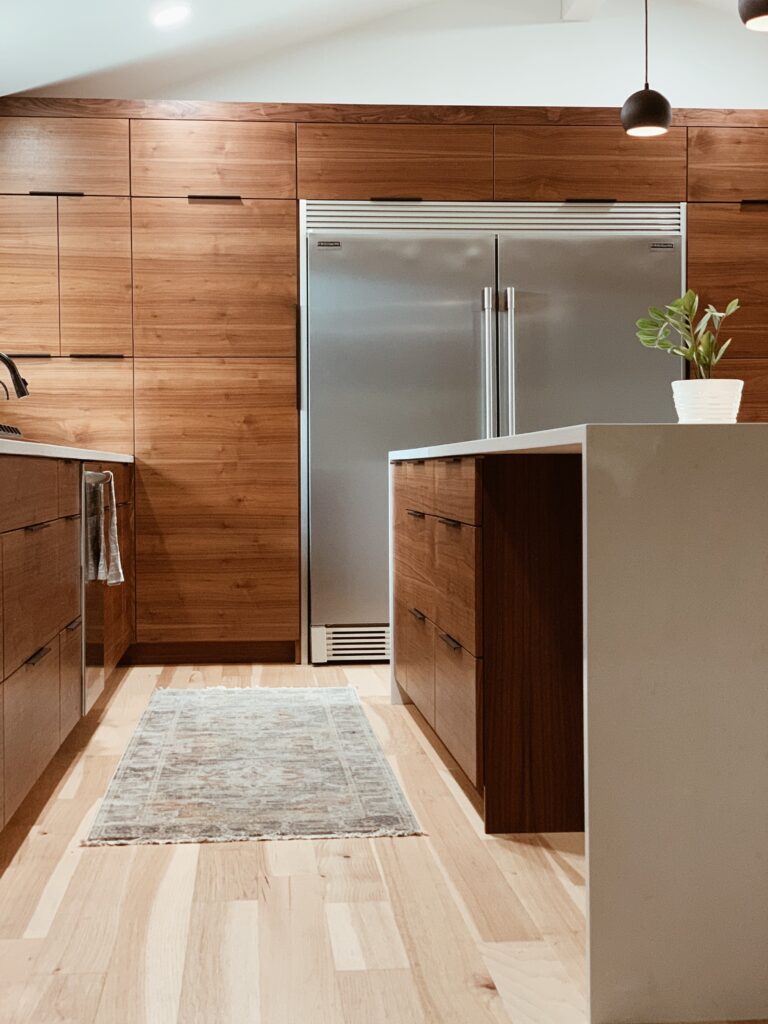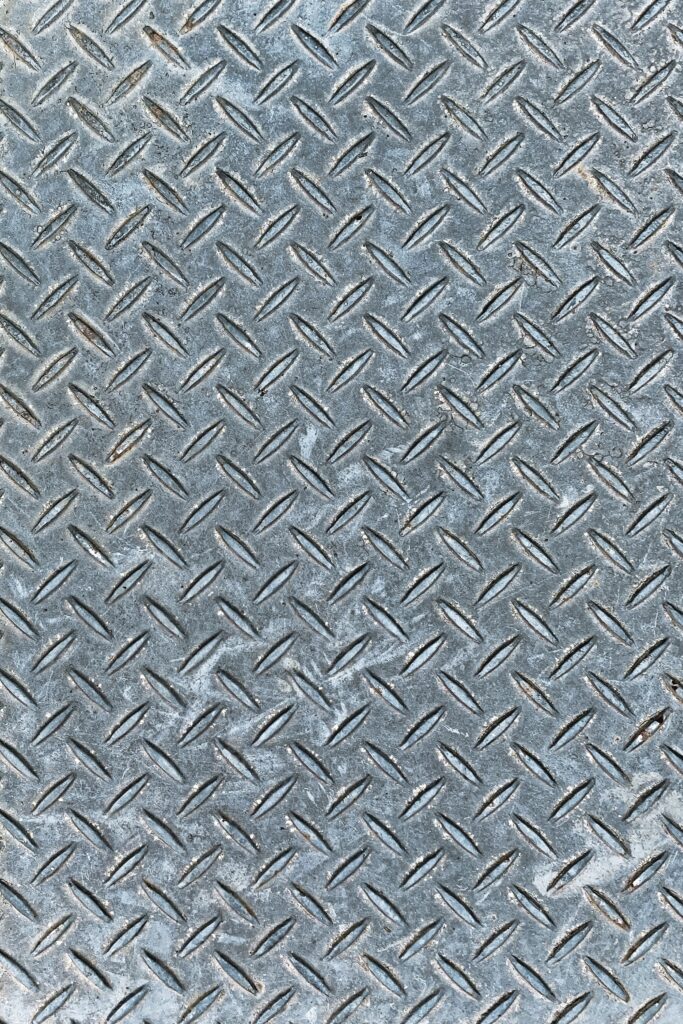Maintaining the sleek and shiny appearance of your stainless steel appliances can be a challenging task. Whether it’s your refrigerator, dishwasher, or oven, these elegant appliances need proper care to keep them looking brand new. In this comprehensive guide, you will discover essential tips and tricks to ensure your stainless steel devices remain spotless and free from scratches, fingerprints, and smudges. From the best cleaning products to the right techniques, this article will become your go-to resource for achieving stainless steel perfection in your kitchen.
Table of Contents
The Ultimate Guide to Stainless Steel Appliance Care

What is Stainless Steel
Stainless steel is a popular material used in the manufacturing of kitchen appliances due to its durability, sleek appearance, and resistance to corrosion. It is a type of steel alloy that contains chromium, which provides it with its unique properties. Stainless steel is known for its ability to resist stains, heat, and rust, making it an ideal choice for appliances such as refrigerators, ovens, dishwashers, and microwaves.
Advantages of Stainless Steel Appliances
Stainless steel appliances offer numerous advantages that make them a popular choice among homeowners. Firstly, they add a touch of elegance and modernity to any kitchen, giving it a sophisticated look. Additionally, stainless steel appliances are incredibly durable, able to withstand heavy use and resist dents and scratches. They are also resistant to heat and stains, making them easy to clean and maintain. Moreover, stainless steel is a hygienic material, as it is non-porous and does not harbor bacteria or germs. Lastly, stainless steel appliances are timeless and versatile, complementing various kitchen styles and designs.
Understanding Different Types of Stainless Steel
Not all stainless steel is created equal. Various grades and types of stainless steel exist, each with its own unique properties and uses. The most common types include 304, 316, and 430 stainless steel.
-
Grade 304 stainless steel is the most widely used type and is used in many kitchen appliances. It is resistant to corrosion, heat, and chemicals, making it suitable for kitchen environments.
-
Grade 316 stainless steel is often referred to as marine-grade stainless steel. It is extremely resistant to corrosion, making it ideal for appliances that come into contact with saltwater or harsh chemicals.
-
Grade 430 stainless steel is less expensive than 304 and 316, but it is not as resistant to corrosion. It is commonly used in less demanding applications such as kitchen utensils or decorative elements.
Understanding the different types of stainless steel will help you make informed choices when purchasing appliances and selecting the appropriate care and maintenance methods.
Common Problems with Stainless Steel Appliances
While stainless steel appliances offer many benefits, they are not without their issues. One common problem is the appearance of fingerprints and smudges, which can be quite noticeable and frustrating. Additionally, stainless steel is prone to scratches and scuffs, especially when not properly cared for. Minor scratches can also occur over time with regular use, and stubborn stains or rust may appear if the stainless steel is exposed to corrosive substances.

Cleaning Stainless Steel Appliances
Proper cleaning is essential to maintain the shine and appearance of your stainless steel appliances. To clean your appliances effectively, start by removing any loose dirt or debris using a soft cloth or sponge. Then, apply a mild detergent or stainless steel cleaner specifically designed for stainless steel surfaces. Avoid using abrasive cleaners or scrub brushes, as they can damage the finish. After cleaning, rinse the surface thoroughly with clean water and wipe dry with a soft cloth to prevent water spots.
Dos and Don’ts of Stainless Steel Appliance Care
To prolong the life and preserve the beauty of your stainless steel appliances, here are some essential dos and don’ts of appliance care:
Dos:
- Do clean your stainless steel appliances regularly to remove dirt and grime.
- Do use gentle cleaning agents and non-abrasive tools such as soft cloths or sponges.
- Do dry your appliances thoroughly after cleaning to prevent water spots.
- Do use stainless steel cleaners or polishes to maintain a shiny surface.
- Do follow the manufacturer’s instructions for specific care recommendations.
- Do use cutting boards or protective mats to prevent scratches from sharp utensils or heavy pots and pans.
Don’ts:
- Don’t use abrasive cleaners, steel wool, or scouring pads, as they can scratch the surface of your appliances.
- Don’t use bleach, ammonia, or other harsh chemicals that can damage the stainless steel finish.
- Don’t let spills or stains sit on the surface for an extended period; clean them promptly to avoid potential damage.
- Don’t use excessive force or pressure when cleaning, as it can cause scratches or dents.
- Don’t place hot pots or pans directly on the stainless steel surface; use trivets or heat-resistant mats.
By following these dos and don’ts, you can keep your stainless steel appliances looking pristine for years to come.

Removing Fingerprints and Smudges
Fingerprints and smudges are a common annoyance on stainless steel appliances, but they can be easily removed with the right approach. To get rid of fingerprints, start by wiping the surface with a soft cloth dampened with warm water or a mild detergent solution. Then, use a microfiber cloth or a specialized stainless steel cleaner to buff the surface gently in the direction of the grain. This will help remove the fingerprints and restore the shine of the appliance. Avoid using excessive force or harsh chemicals, as they can damage the stainless steel finish.
Preventing Scratches and Scuffs
Preventing scratches and scuffs on stainless steel appliances is key to maintaining their pristine appearance. Here are some tips to help prevent damage:
- Use cutting boards or protective mats when working with knives or sharp objects on the appliance surfaces.
- Avoid sliding or dragging heavy pots, pans, or other kitchen utensils across the stainless steel surface.
- Be cautious when handling metal utensils, as they can leave scratches if not used carefully.
- Regularly clean the appliance with soft cloths or sponges to remove abrasive particles that can cause scratches.
By taking these precautions, you can minimize the risk of scratches and scuffs on your stainless steel appliances.
Repairing Minor Scratches on Stainless Steel
Despite your best efforts, minor scratches may still occur on your stainless steel appliances over time. Luckily, there are simple methods for repairing these imperfections. You can start by cleaning the scratched area with warm water and a mild detergent. Then, using a soft cloth or sponge, gently rub the scratch in the direction of the grain. This may help to minimize the appearance of the scratch. Alternatively, you can use a stainless steel scratch repair kit, which usually consists of a sanding pad and a polishing compound. Follow the instructions provided with the kit to effectively repair minor scratches and restore the surface of your appliance.
Dealing with Stubborn Stains and Rust
Stubborn stains and rust can be quite challenging to remove from stainless steel surfaces, but with the right techniques, you can restore your appliances to their former glory. For stubborn stains, create a paste by mixing baking soda with water and apply it to the affected area. Let it sit for a few minutes, then gently scrub with a soft cloth or sponge in the direction of the grain. Rinse thoroughly and dry. For rust spots, use a mixture of vinegar and water or lemon juice and baking soda. Apply the solution to the stain, let it sit for a few minutes, then scrub gently. Rinse and dry the surface thoroughly. If the stain or rust persists, consult the manufacturer’s recommendations or seek professional assistance.
By following these tips and guidelines for stainless steel appliance care, you can keep your appliances looking immaculate and ensure their longevity. Remember to clean regularly, use appropriate cleaning products, prevent scratches, and address any stains or rust promptly. With proper care, your stainless steel appliances will continue to enhance the beauty and functionality of your kitchen for years to come.



